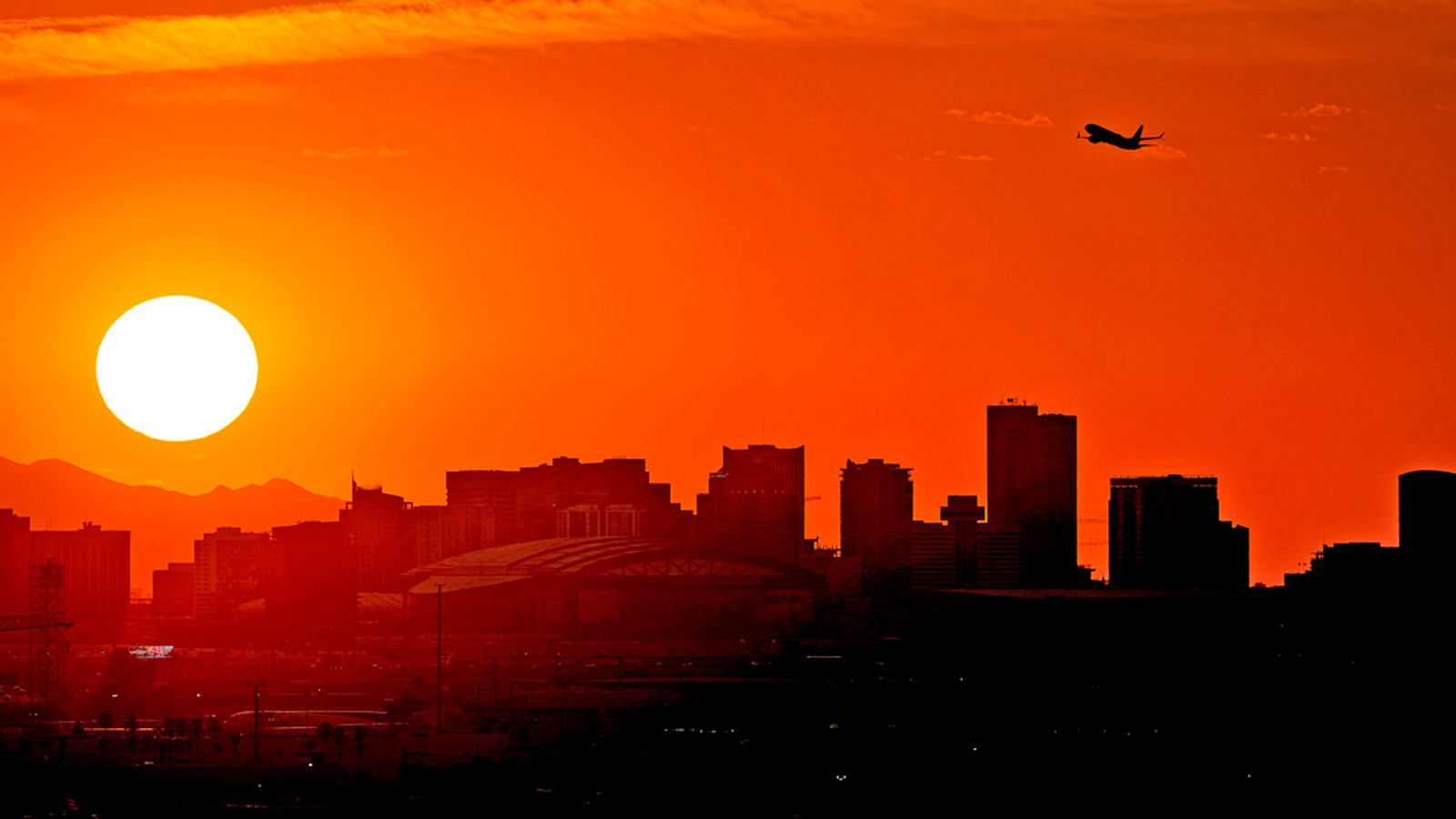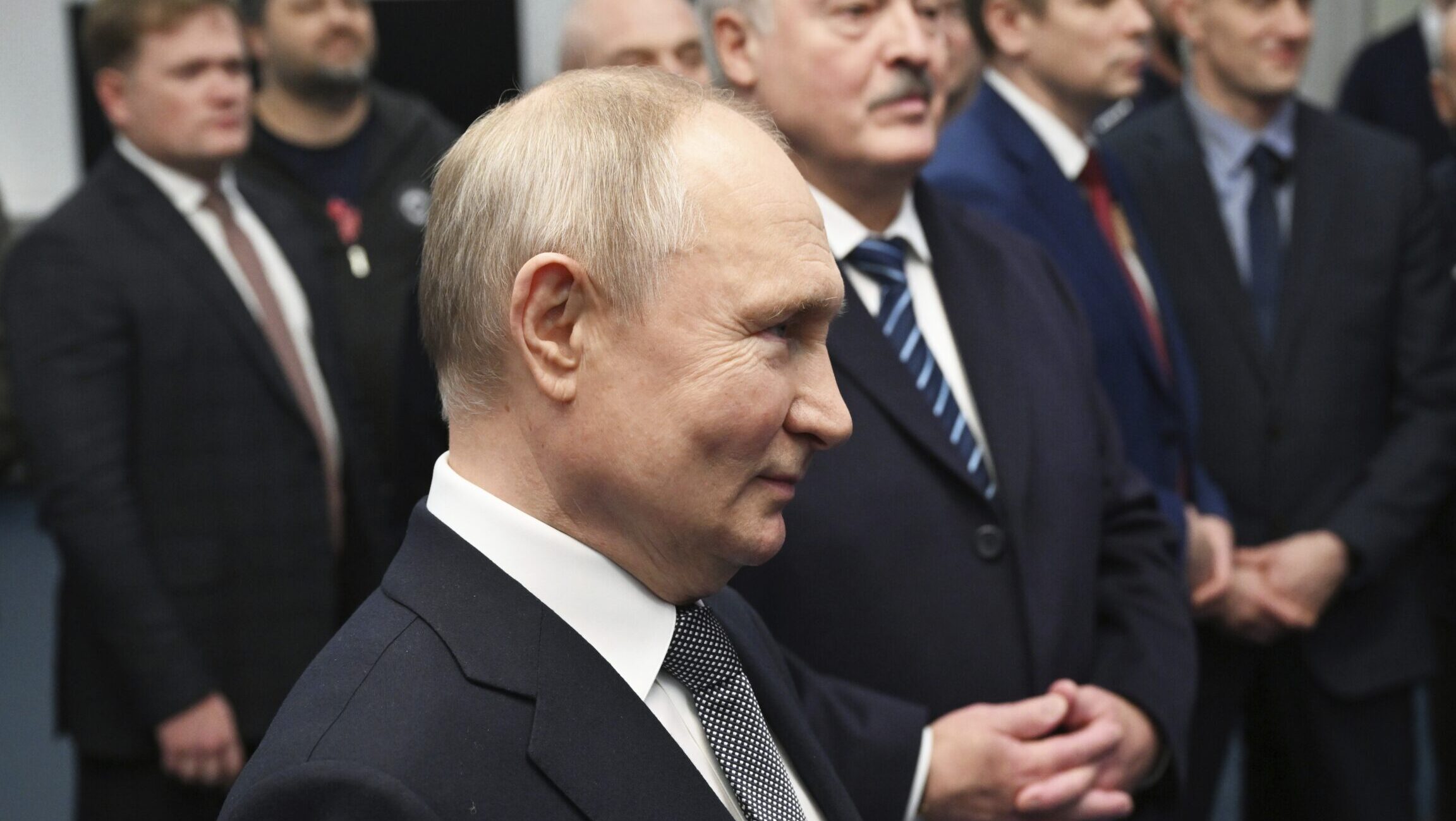Nepal’s earthquake highlights village exodus of the young
May 6, 2015, 12:24 AM

In this May 4, 2015, photo, Hari Bhadur Giri, 56, points towards his damaged home in Khadkatole Lamichhane, Nepal, Monday, May 4, 2015. The youth exodus, described by villagers around Nepal as a painful choice between staying with family in their impoverished hometowns or venturing into an often harsh world to make much-needed money, began well before the 7.8 magnitude April 25 earthquake knocked flat whole villages. (AP Photo/Foster Klug)
(AP Photo/Foster Klug)
KHADKA TOLE, Nepal (AP) — Gone, the girl says as she squints into the sun, the air around her shimmering with wind-blown wheat chaff. She points to one house after another nestled in the green hills, most shattered from the massive earthquake that hit Nepal last month.
“Over there, one has gone. The same over there. Most of the young people here are gone. At least one for every house,” Smriti Bastola, 16, says of this poor farming village of about 400 people just 25 kilometers (15 miles) east of the capital, Kathmandu. Most left for work in the Persian Gulf or in Kathmandu.
“We are living a miserable life here,” Bastola says. “We are educated, but what jobs are there besides working in the fields for little money?”
This youth exodus, a painful choice between staying with family in impoverished hometowns or venturing into an often-harsh world to make much-needed money, began well before the 7.8 magnitude earthquake on April 25 knocked flat whole villages.
Now, however, some in rural Nepal wonder if they’ll lose even the young ones who’ve stayed, complicating not only the huge job of rebuilding after the quake but also the task of improving village life in one of the world’s poorest countries.
“The young people who should be here, who would help us with the work of rebuilding, they are gone. There is no one to bring the raw materials we need to make this village better, to fix the broken houses,” says Triveni Bastola, 27, wearing a long Mickey Mouse T-shirt as she sweeps in front of her home.
Triveni, Smriti’s cousin, has a master’s degree in environmental science but has yet to find meaningful work. “If I had the money I would leave because there is no opportunity here,” she says.
Poverty, war, rampant high-level corruption and epic political squabbling have bred a deep pessimism among young Nepalis. Repeatedly in interviews in rural villages this week, they have said that the earthquake now has them thinking of joining their many friends who have left already.
“The country is like an elder home because all the young people are in Qatar, Malaysia, Saudi Arabia,” says Nishchal Pandey, director of the Centre for South Asian Studies, in Kathmandu. “If these young people aren’t going to be at home, who’s going to do the reconstruction? The elderly aren’t. The little children aren’t.”
The problem can be partially traced to a decade-long Maoist insurgency. It ended in 2006 but the country’s infrastructure and economy have still not recovered, Pandey says.
Because the Maoists often forced rural young people to join them, many left for Kathmandu or foreign countries. As Nepalis gained reputations for being honest, hard workers, they were welcomed in the Gulf as construction workers, guards and manual laborers. Others in rural Nepal soon followed.
Today, about 6 million Nepalis, or about 22 percent of the country’s 27.8 million people, live and work outside its borders, according to Krishna Prasad Dhakal, Nepal’s deputy ambassador to India. Some 3 million are in India. Another 2.1 million are in the Persian Gulf area and Malaysia, Pandey says.
Political instability, with seven prime ministers in eight years and the lack of a full-fledged constitution, has only increased unemployment and will push more to leave.
The one bright spot is that these young people are often loyal to their families and send back money. Nearly 25 percent of the country’s GDP comes from remittances, Pandey says. But money on its own can seem insufficient when measured against the scope of the devastation left behind by the earthquake.
In the village of Gaumanne, Prem Kumari Giri and a group of mostly elderly people gather in the shade of a small store on a dirt path just off the main road. She sleeps outside because her home was badly damaged.
Giri, dressed in a red sari and wearing gold bracelets and earrings, says her daughters have left with their husbands. Her sons work abroad.
“Most of the people here are old,” says Giri, who estimates her own age as more than 70. “We have problems here. Who will help us?”
The hills and valleys, which are terraced with fields of golden wheat, some cut down to stubble, are dotted with homes of ancient brick and clay; many were either partially or completely destroyed.
Giri’s 23-year-old nephew, Ashok Raj Giri, says that about 25 of his friends in the surrounding villages have gone to work in Kathmandu or the Gulf.
“All these villages, it’s the same story. If they have no money or education they go abroad to make money. What choice do they have?” says Ashok, whose business raising chickens was destroyed by bird flu. He now takes foreigners on mountain treks.
In another village, women bundle piles of wheat and lay them to dry on the flat roof of a tin shack. An old woman in a red sari waddles by, loaded down by a mass of bunched wheat on her back. Soldiers in green uniforms use long bamboo poles to knock debris from a two story building that leans over the narrow, twisting hillside road, along which near-empty local buses occasionally chug, belching exhaust.
Near the hard-hit town of Sakhu, where the side streets are choked with chest-high hills of bricks, concrete and wood, Renu Maya Tsing sits barefoot on a curb, waiting with half a dozen other women for an aid delivery of rice. Her friends laugh when she says she’s 29 and later say she’s closer to 49.
She walked five hours from her small, remote village of about 300 people that the earthquake razed to come here and stay with friends. Her husband and eldest son are in Kathmandu, fearful of returning to the countryside.
“I don’t know when he’ll return,” Tsing, who has no cellphone, says of her husband. “He is afraid to come back.”
All over Nepal, people in small villages struggle with whether to go to Kathmandu or abroad.
“I don’t see any situation to make money here, but I don’t want to leave my family when we don’t have any place to stay, when we are suffering,” says Raj Kumar, a vegetable farmer from the village of Lapse Phedi.
__
Associated Press Writer Nirmala George in New Delhi contributed to this report.
Copyright © The Associated Press. All rights reserved. This material may not be published, broadcast, rewritten or redistributed.









